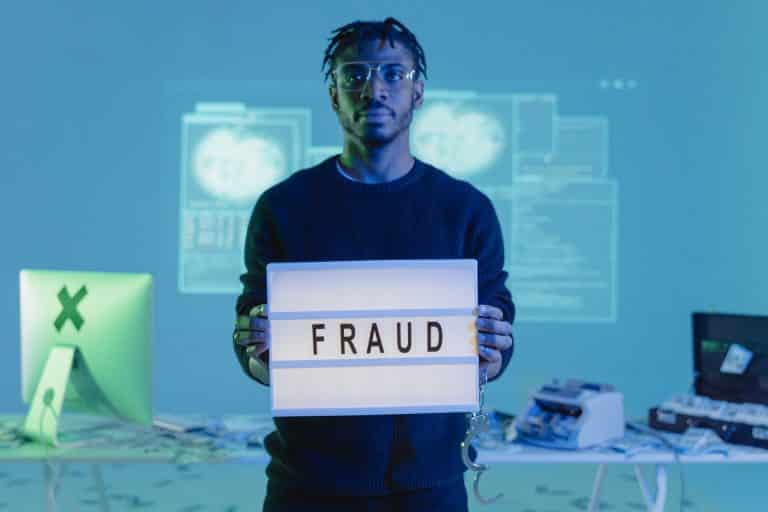International cybercrime and global cyber-theft remain a huge concern for law enforcement authorities, as legislation in many nations is not tailored to dealing with internet crime. In reality, it is normal for many offenders to commit their offenses over the Internet as a means of taking advantage of less harsh penalties.
Computer forensics is also used to locate evidence on computers and other types of information recording devices. Data forensics is a field of digital forensic science most generally associated with the investigation of cybercrime. Proof recovered during an authentic electronic forensics examination will be used as valid evidence in U.S. and European court cases.
Believe it or not, one of the oldest ways of capturing cybercriminals is now the most powerful for catching cybercriminals. Undercover cybercrime law enforcement agents have been responsible for a substantial amount of Dark Web auction busts and busts in recent years.
Still, the Dark Web and hackers are not exclusively blamed for all the issues of global cybercrime. There is a wide variety of cyberattacks being prosecuted by electronic forensics teams.
This includes the following:
Hacking: access to an unauthorized computer machine.
Cyber-Attacks: Denial of Service (DoS) and Distributed Denial of Service (DDoS) attacks aimed to render the network inaccessible to its intended users.
Phishing scams: fraudsters deliver e-mails that often look like official messages from banks, asking consumers to check their login information and passwords.
Data Espionage: monitoring of traffic and messages between users, including emails, chat chats, or VoIP communications. This form of crime can also be referred to as session hijacking or session riding.
Identity Theft: theft of private documents, including authentication and password data, passport numbers, date of birth, social security numbers, and other identification details.
Malware: malware or malware is intended to interrupt device alternatives, collect personal information, or obtain access to private computer systems. Access to a company cloud hosting account can be obtained if the system accessing the cloud service is compromised.
Keyloggers: Keystroke logging malware logs keys hit on a keyboard without the user being aware that their activities are being tracked. The aim is to collect the username and password information of the customer.
Cyber-Forgery: the manipulation or falsification of digital records.
Cyber-Fraud: cyber-fraud crimes include credit card fraud, Internet banking fraud, and online auction fraud.
Social engineering: a social engineering scam refers to a kind of attack that tricks the user into installing malware or providing personal details. It is also used in emails or social networking chats and is useful for targeting well-protected computer systems.
Copyright Offenses: dissemination of unauthorized pirated apps, movies, songs, or books.
Trademark Violations: cybersquatting is an act of using an Internet domain name in order to benefit from the use of a trademarked name belonging to someone else. The cybersquatter would then try to sell the domain at an inflated premium to the corporation that holds the trademark.
Cyber-terrorism: distributing propaganda, collecting intelligence, releasing training manuals, funding militant groups, or planning for real-world attacks.
Cyber-Laundering: facilitating offenses by the use of virtual currencies or through cryptocurrency. This segment of cybercrime also covers money laundering by using online gambling, digital cryptocurrencies, or micro-payments.
With too many various cyber-crime trends to watch, defending your protection and stopping an attack can seem overwhelming. Luckily, there are certain measures that anyone should do to reduce the possibility of being the victim of a cyber attack.

